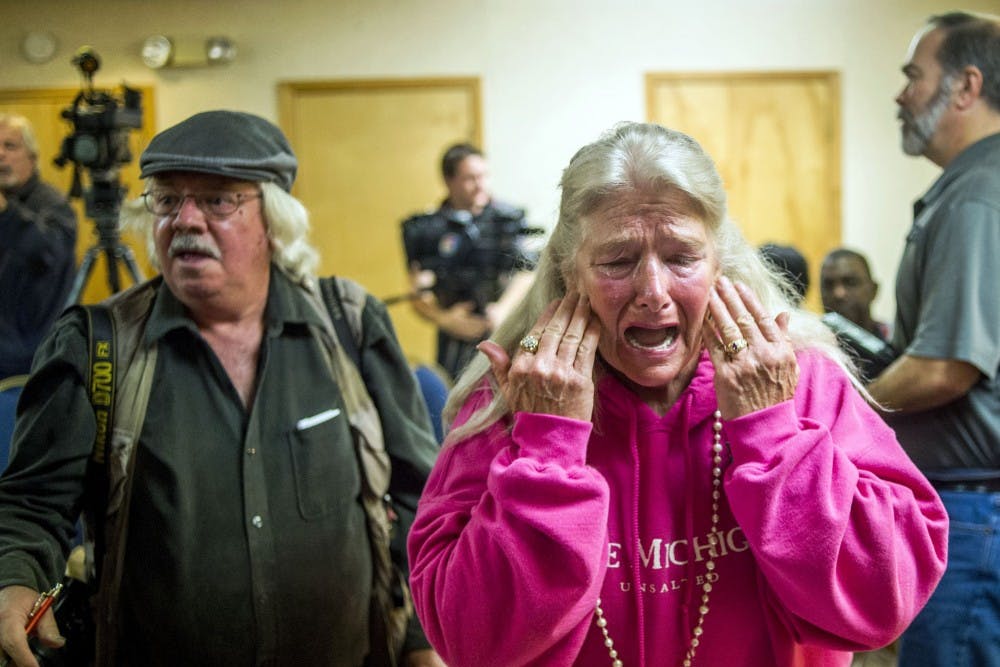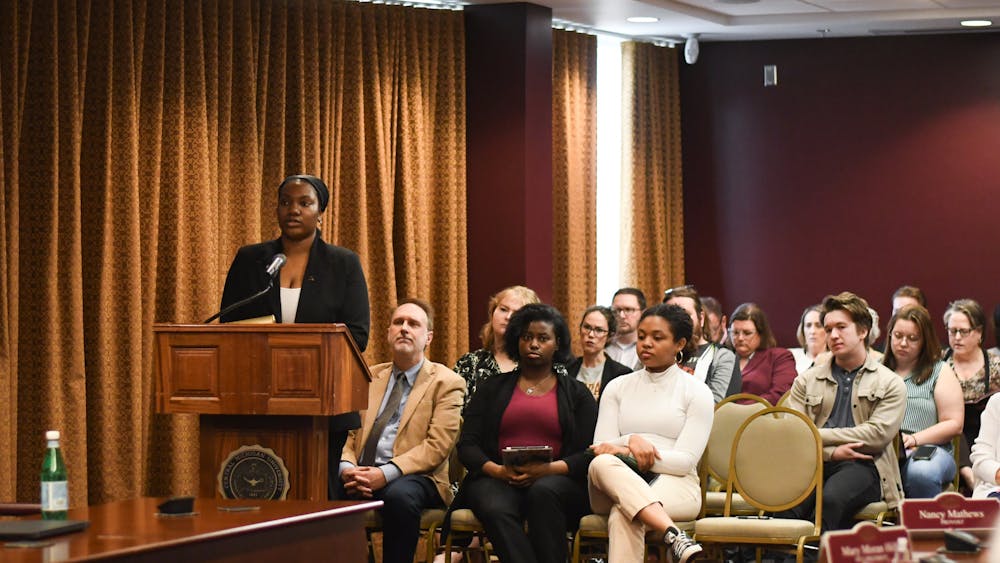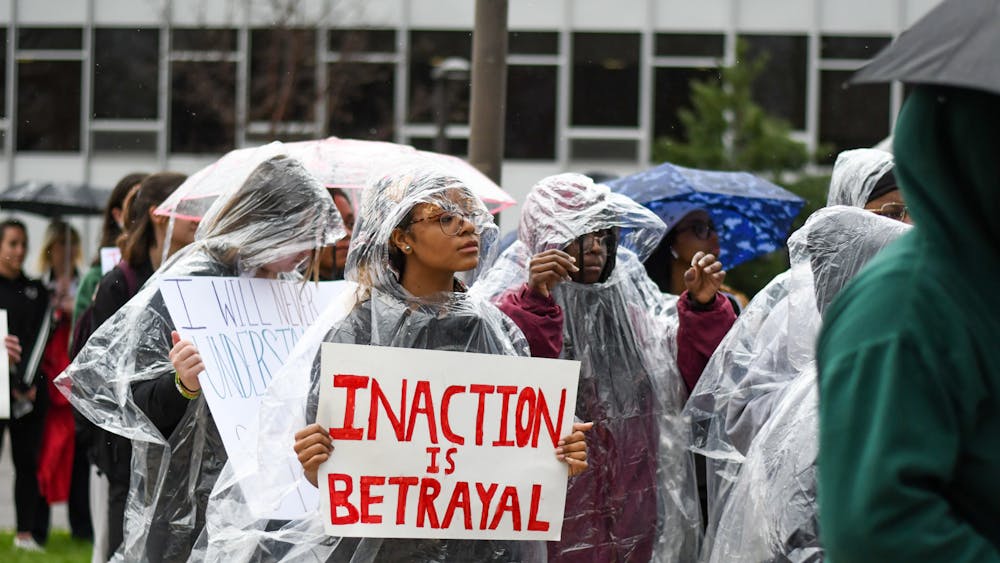Let them be seen: Former CM Life editor humanizes Flint water crisis

Since the news broke that drinking water in Flint had been contaminated with lead, powerful images have framed the nation's understanding of the crisis — images that have been primarily shot through Jake May's lens.
May, a multimedia specialist at The Flint Journal and MLive.com and Central Michigan Life Editor-in-Chief from 2008 to 2009, has shown the human impact of the Flint water crisis in a way that only a community journalist can.
His photos have appeared in the New York Times, Washington Post and Time magazine, showing the pain and strength of the Flint community to readers around the world. The downtown Flint native shared a selection of his photos taken for The Flint Journal with Central Michigan Life and answered some of our questions about what it's like to be at the center of one of the worst tragedies to befall the struggling city.
How does it feel to have national attention on the city you love for events that are so horrible?
MAY: Flint has had an on-again, off-again reputation for some pretty poor things. Between General Motors leaving in the late 80s and now, the crime rate has found its way to be at the top of the chain, and now we have the water crisis. Whenever the nation decides to pay attention to what's going on in Flint, they tend to come in when things are bad.
I would like to say that Flint is a fantastic community full of strength. Regardless of what they have gone through, they're a tough city and incredibly prideful. The city is full of amazing people, and life in our community is just like life in any other community.
I imagine the water crisis is the worst thing that will ever happen here; I hope it is so we can move forward.
How have you seen the community respond to the Flint water crisis?
The community is definitely arm-in-arm and trying to rise up for the betterment of what they can be in the future. The reason anything is being done today is because of the people and their voices were relentless, they are going to be heard.
Not every community has the capacity to stand alongside each other through thick and thin. Flint has been through so much that if you continue to live in this city, you have a thicker skin and are not afraid to stand up for what you believe in. These people did that.
Don't let anyone fool you, there is going to be a long road ahead. The nation has responded; President Barack Obama is sending aid and the state is sending aid, but eventually that is going to go away. There's not enough to complete the process, so the people are going to have to continue to live through these conditions.
There's not going to be an immediate turn-around. It's going to be a long time before these people can even trust their government.
This is a complicated story, but has a strong emotional core. How does your photojournalism communicate the story in a way that the written word can't?
It's a story about the people. It's not about the politics — sure that's part of it — but it's about the people and how they are affected. Being able to intimately show that through pictures isn't easy, and there is a lot of work to still do with that. This is only the beginning of trying to tell this story and show the faces of people who have been affected.
We're a community of 100,000 people, so even if I shot a picture of a new person each day of the year, I would spend a lifetime photographing. The idea is to spend the time with the people, listen to them and tell their story. I don't worry about the rest of it. People will connect to real stories about real people because it relates to what is going on in their lives.
As journalists we give a voice to the voiceless. They need to be heard and seen, and it's my job to let them be seen.
How do you find your subjects and create a level of trust that has allowed you to capture such intimate moments?
I live in downtown Flint. I am right there with them and people see that. I'm at many of the protests and the meetings on assignment. They see my face and talk to me, I listen to them. It's about talking to people and building a relationship that is based on trust.
That doesn't just happen, you have to be a part of the community. If you work in any place long enough, the community will trust you to tell their story.
It's not about me. It's about getting the community exposure so people can understand what is going on.








